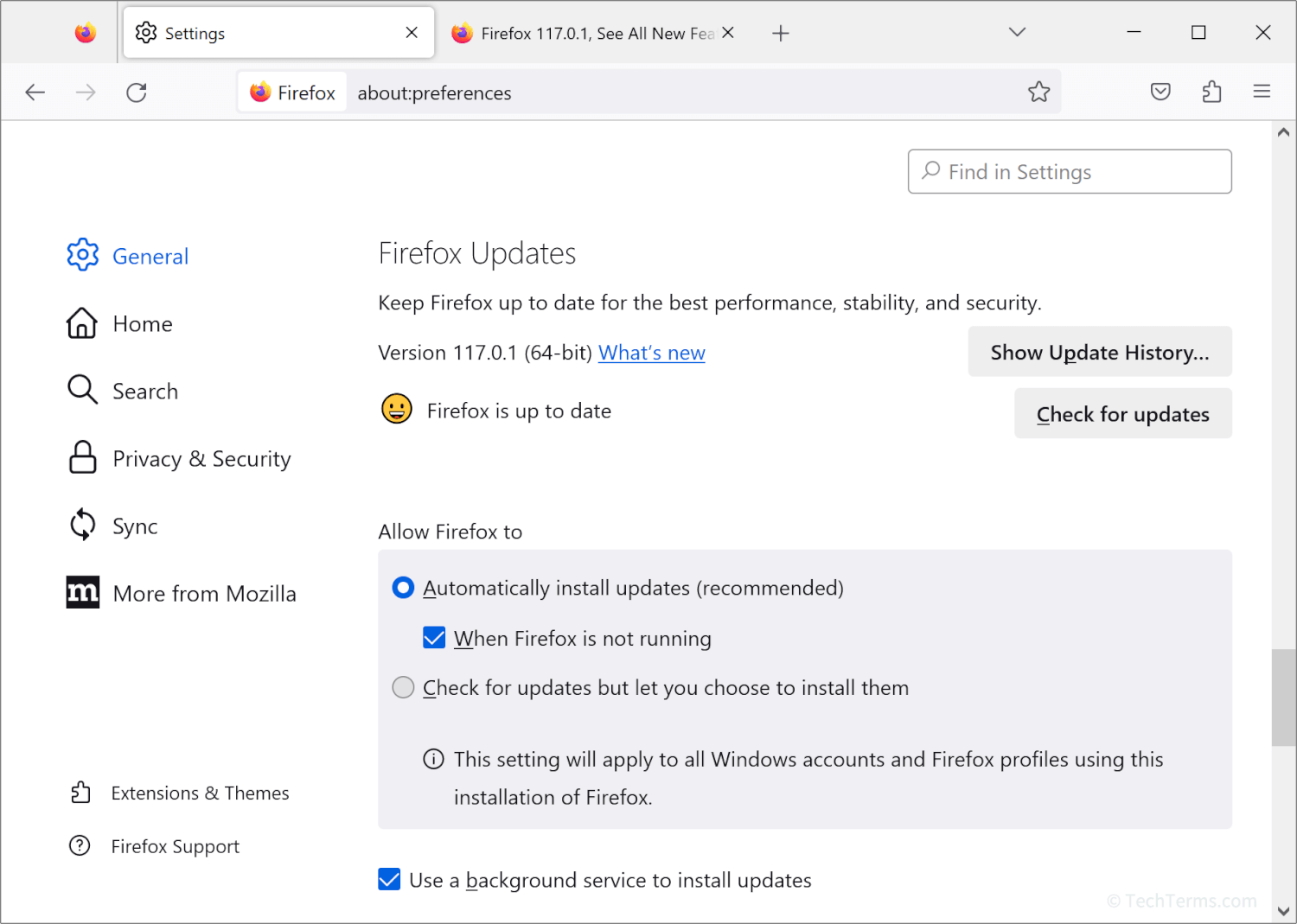Patch
A patch is a software update issued by a program's developer to fix problems users and testers find in a program. A patch typically fixes bugs and security vulnerabilities, although some patches may add new features or modify existing features. Most programs receive multiple patches and other updates over their lifetimes.
Software developers create and publish patches for their programs for several reasons. The most important reason is to fix bugs and security vulnerabilities discovered after the program was released. While beta testers try to identify as many bugs as they can, it's common for some to go unnoticed until the program is in the hands of its end users. Developers may also use patches to improve their software's performance by making it run more efficiently. They may use a patch to add new features or change how certain features work based on user feedback. Finally, some apps require a patch to maintain compatibility with an updated operating system.
A developer can release a patch in several ways. Apps distributed through an app store will receive updates automatically through the store itself, often without any user involvement. Some applications include a built-in update utility that regularly contacts the developer's update server, notifying you when a patch is available. Other developers release patches on their app's website for you to download and install on your own. Patch notes provided by the developer tell you what's changed, whether it's only bug fixes or if it adds new features. Regardless of how a patch is delivered, it's wise to check occasionally to keep your software up-to-date.
NOTE: The term "hotfix" is often used synonymously with "patch," although the two have slightly different connotations. A hotfix implies that it fixes a single critical bug or security vulnerability, and is released as fast as possible to protect users from a zero-day exploit. A patch, however, often includes fixes for multiple bugs and is released as part of a set update schedule.

 Test Your Knowledge
Test Your Knowledge